How Climate Change Affects Cannabis Cultivation
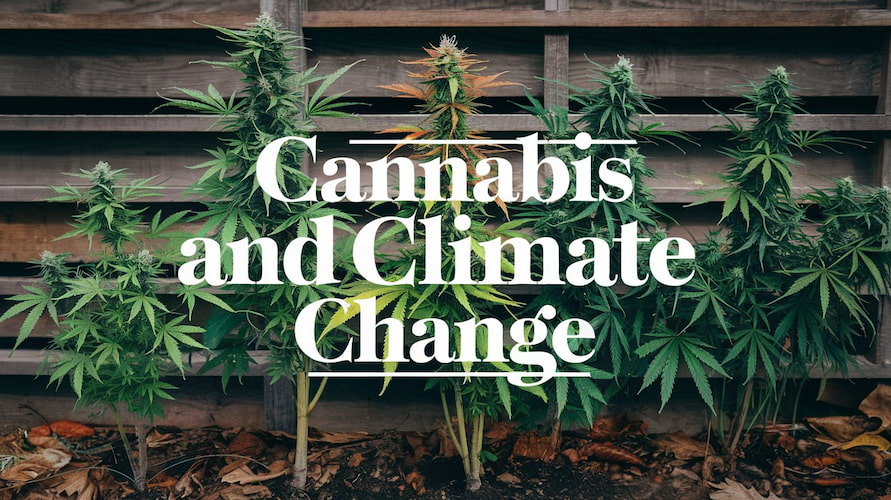
Climate change is transforming agriculture across the globe, and cannabis cultivation is no exception. Once considered a hardy and adaptable crop, cannabis is becoming increasingly vulnerable to extreme environmental conditions. From prolonged droughts and heat waves to unpredictable rainfall and intensified pest pressure, climate change is reshaping how, where, and when cannabis can be grown.
Understanding the effects of climate change on cannabis is essential for growers, policymakers, and researchers who want to protect the industry’s long-term sustainability. This article explores how environmental stressors are impacting cannabis cultivation and how the industry can adapt to these rapid changes.
The Ideal Conditions for Cannabis
Cannabis is a photoperiod-sensitive plant that thrives under a specific set of environmental conditions. It grows best in temperatures between 70 and 85 degrees Fahrenheit, with relative humidity between 40 and 60 percent during flowering. Cannabis requires well-aerated soil with a pH level between 6.0 and 6.8, consistent watering, and appropriate light cycles.
Even minor fluctuations in temperature, humidity, or soil quality can result in lower yields and reduced cannabinoid and terpene production. As climate change continues to shift global weather patterns, growers are finding it harder to maintain the ideal conditions necessary for robust and healthy cannabis plants.
Temperature Extremes: Heat Waves and Cold Snaps
Rising global temperatures are already making cannabis cultivation more difficult. Extreme heat reduces photosynthesis efficiency, damages plant tissues, and can cause premature flowering. In some cases, temperatures above 90 degrees Fahrenheit have scorched cannabis plants, increasing water demand and decreasing flower density.
Cold snaps, though less frequent, can be equally damaging. A sudden temperature drop during flowering can stunt plant growth, delay maturation, and increase the risk of mold. As climate change disrupts seasonal weather patterns, both heat and cold events are becoming more frequent and less predictable, leaving growers with a narrower window for optimal cultivation.
Rainfall Irregularities and Water Scarcity
Climate change has increased the frequency of droughts in many cannabis-producing regions. In states like California, limited water access has forced cultivators to install water-saving technologies such as drip irrigation or collect rainwater for off-season use. Cannabis requires steady hydration, especially during the vegetative stage, and the lack of consistent rainfall places outdoor growers at a distinct disadvantage.
In contrast, regions experiencing unseasonal heavy rain are dealing with problems like soil saturation, erosion, and nutrient leaching. Waterlogged soil reduces oxygen to the roots, fosters the growth of harmful fungi, and makes nutrient uptake more difficult. Outdoor growers must increasingly balance between water conservation and flood mitigation as rainfall patterns become more erratic.
Pest and Pathogen Pressure
Climate change is altering ecosystems in ways that favor the spread of pests and plant diseases. Warmer winters mean more pests survive into spring, and higher humidity levels support rapid fungal growth. Common cannabis pests such as spider mites, russet mites, and fungus gnats are becoming more persistent and widespread.
Fungal diseases like powdery mildew and botrytis (bud rot) thrive in damp, warm environments that are increasingly common during climate-altered growing seasons. Growers face increasing pressure to implement integrated pest management strategies or risk total crop loss.
Photoperiod Disruption
Cannabis plants use daylight cues to trigger flowering. In photoperiod strains, flowering begins when daylight hours drop to around 12 per day. Shifting seasons and inconsistent weather conditions can confuse this natural cycle. In some areas, longer summers and later autumns are delaying flowering. In others, early frosts or unexpected rains force a premature harvest.
This kind of unpredictability is especially problematic for outdoor cultivators. While autoflowering cannabis strains can bypass some of these issues by flowering based on age rather than light exposure, they are not always favored due to lower yields and cannabinoid concentrations.
Soil Degradation
Soil health is critical for cannabis growth, and climate change is contributing to soil degradation in multiple ways. Floods wash away topsoil and leach essential nutrients, while heat and drought reduce microbial activity. Wildfires, which are becoming more frequent, can leave behind a layer of sterile ash and toxic debris that make land unusable for growing.
To combat these issues, many cultivators are adopting regenerative agriculture practices. These include:
-
Cover cropping to protect soil and increase organic matter
-
No-till farming to preserve soil structure
-
Composting and mulching to improve water retention
These strategies not only enhance resilience against climate stressors but also help sequester carbon, reducing the industry’s environmental footprint.
Wildfires and Smoke Taint
Wildfires pose one of the most severe threats to cannabis cultivation, especially in the western United States. In addition to direct fire damage, smoke can significantly degrade cannabis quality. Smoke particles adhere to resinous buds, and compounds such as polycyclic aromatic hydrocarbons (PAHs) can render a crop unusable due to contamination.
Even if a farm is miles away from a fire, the mere presence of smoke in the air during flowering can compromise the taste, smell, and safety of the final product. Growers in fire-prone regions are now investing in protective infrastructure like shade cloths, greenhouses, and advanced air filtration systems.
Indoor Cultivation: Benefits and Trade-offs
Indoor cannabis grows provide protection against outdoor weather extremes, but they also come with their own challenges. These operations rely heavily on energy for lighting, temperature regulation, and humidity control. As climate change raises temperatures, the demand for HVAC systems increases, leading to higher electricity use and operational costs.
Indoor grows also are responsible for a significant carbon footprint. According to industry data, an indoor cannabis operation can consume the same amount of energy per square foot as a data center. Some jurisdictions are now imposing environmental regulations, such as requiring energy-efficient equipment or using renewable energy sources.
Economic and Legal Implications
Unpredictable weather patterns make cannabis supply more volatile. Reduced or inconsistent yields drive up prices and create economic instability for both large-scale producers and small farms. In regulated markets, the financial stakes are even higher, as growers must meet strict standards for quality, safety, and consistency.
Governments may respond to climate challenges by introducing new environmental compliance requirements. These could include water usage restrictions, pesticide reporting, and carbon emission caps. While these policies aim to make the industry more sustainable, they can also raise costs, particularly for small-scale and legacy growers operating on tight margins.
Real-World Case Studies
In California’s Emerald Triangle, years of drought and wildfire have pushed growers to adopt water-saving technologies, install solar panels, and build climate-controlled greenhouses. Some are switching to drought-resistant strains and using regenerative soil techniques to stay productive despite harsh conditions.
British Columbia growers have faced similar challenges, particularly with wetter growing seasons and wildfire smoke. Many have responded by moving operations into greenhouses or sealed indoor environments to better control growing conditions.
In Spain, southern growers are adjusting to heat waves and water scarcity by cultivating landrace strains adapted to arid climates. Traditional techniques like dry farming and natural pest deterrents are also making a comeback.
Building Resilience Through Innovation
To withstand the impact of climate change, the cannabis industry must embrace innovation, sustainability, and science-driven practices. Key strategies include:
Breeding Hardier Strains
Breeders are focusing on developing cannabis varieties that are more tolerant to heat, drought, and disease. Landrace strains, which evolved in specific climates, offer a genetic foundation for building more resilient hybrids.
Climate-Smart Farming
Sustainable cultivation techniques are essential for reducing vulnerability to climate stress. Practices such as precision irrigation, living soil systems, and closed-loop nutrient cycles can help conserve resources and increase crop stability.
Renewable Energy Adoption
To reduce carbon emissions and operating costs, many growers are installing solar panels or switching to wind and hydroelectric power. Government incentives and tax credits for clean energy can offset initial installation expenses.
Technology Integration
Smart farming tools, including sensors, environmental control systems, and predictive analytics, allow growers to monitor and optimize growing conditions in real time. These tools improve efficiency and reduce losses from environmental fluctuations.
Industry Collaboration and Policy Advocacy
To address climate change effectively, the cannabis industry must work in tandem with policymakers, researchers, and environmental groups. Priorities for collaboration include:
-
Including cannabis in agricultural conservation and disaster relief programs
-
Investing in cannabis-specific climate research
-
Offering incentives for sustainable practices
-
Reforming water rights and zoning laws to support climate adaptation
Through coordinated action, the industry can build a more resilient and equitable future.
Conclusion
The effects of climate change on cannabis cultivation are no longer hypothetical—they are happening now. As droughts intensify, pests proliferate, and wildfires rage, cannabis growers are forced to adapt or risk losing their crops. The challenges are real, but so are the opportunities.
With forward-thinking strategies, new technologies, and a commitment to sustainability, the cannabis industry can not only survive but thrive in a changing world. The green revolution is not just about legalization—it’s about resilience, innovation, and growing smarter in the face of an unpredictable future.
Suggested Articles
;)
;)
;)



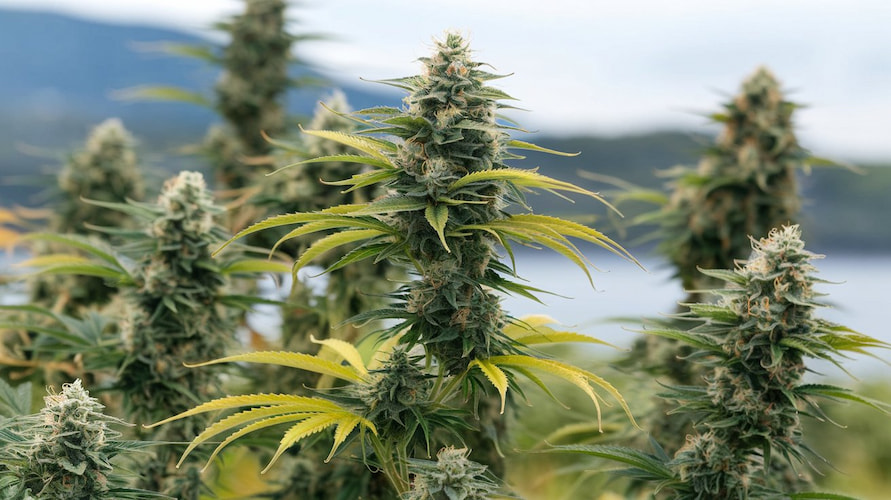
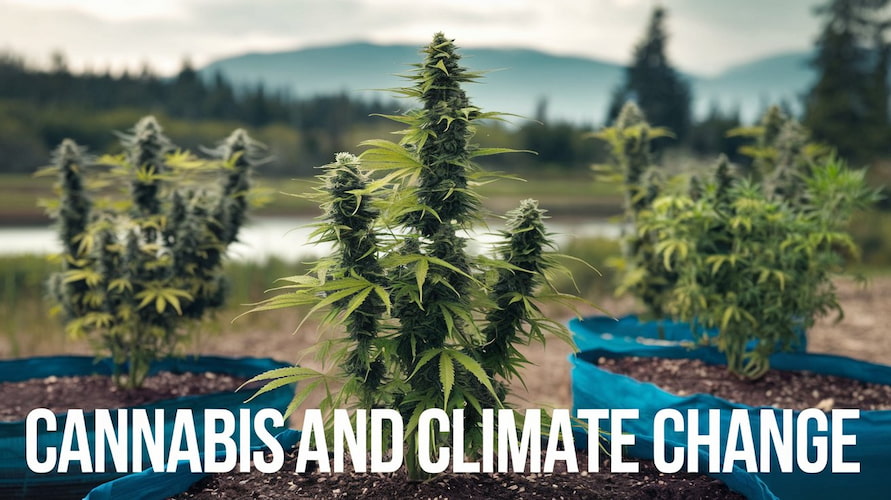
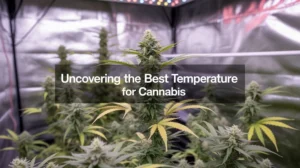
 17 Dec 2025
17 Dec 2025  7 min read
7 min read
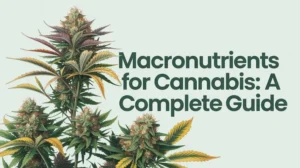

 April 10, 2025
April 10, 2025 


RESPONSES (0)
No responses yet. Be the first to respond!